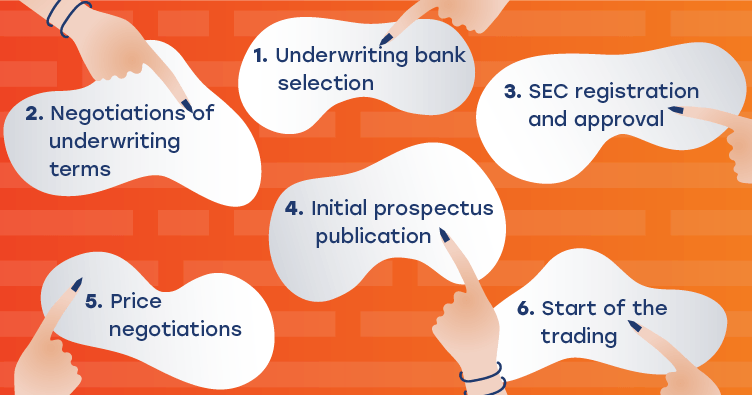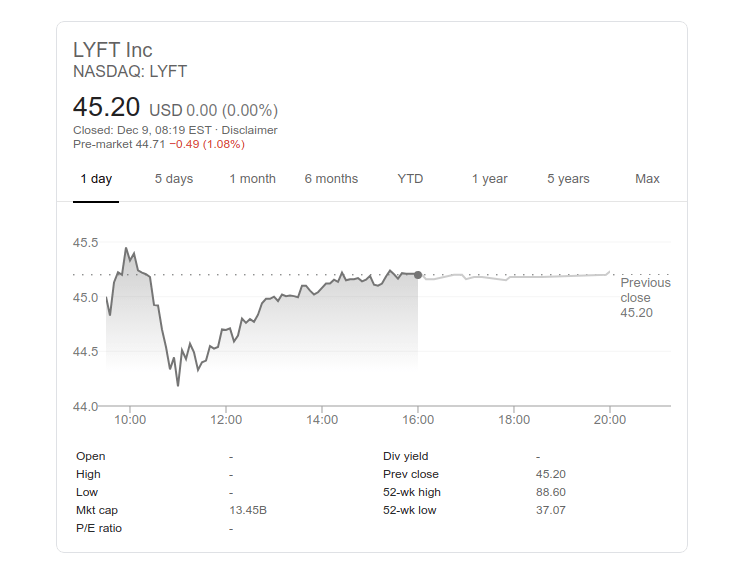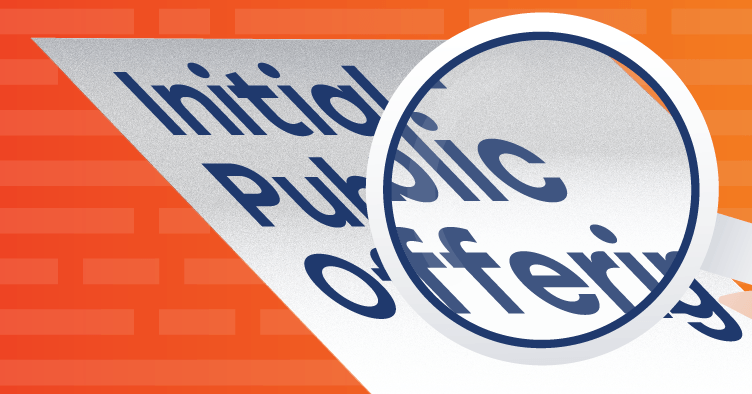Startup IPO: preparation, procedure, dangers, solutions
-
3863
-
23
-
0
-
0
Many startups nowadays aim for an IPO — an Initial Public Offering, which is defined by the US SEC (Securities and Exchange Commission) as the first time the company tries to sell its share on a stock exchange publically. It is a decent way to secure the investment needed for the long-term success of your company by selling some minor shares to the public investors without losing control over your business.
However, IPO has two sides, and for an investor, it can be a risky venture, where they must spend some money on a promise of revenue in the future. Therefore, investors want to know they are not buying a cat in a bag, and there is a clearly defined procedure of preparing for an IPO:
- Underwriting bank selection. You must hire an investment bank to act as your middle man and raise some capital from public investors and corporations. The better the investment bank’s reputation, the more likely your company is to be positively evaluated.
- Negotiations of underwriting terms. You must come to an agreement with the underwriting bank regarding the sum you want to raise, what securities will be issued and what the type of underwriting agreement will be — a firm commitment, where the bank guarantees raising only a certain sum or a best-effort agreement, where the bank will try to raise as much as possible, but does not guarantee the final result.
- SEC registration and approval. The underwriting bank fills in the registration papers and SEC must clear your company — check your management background, financial position, possible lawsuits started by you or against you, etc. This is essential to instill confidence in potential public investors.
- Initial prospectus publication. While the SEC verifies your company data, the underwriter bank publishes the initial prospectus — a description of what your company is, what is your business model and growth potential and what profits the investors can hope to receive if buying your stock.
This prospectus covers the securities you are going to trade, but cannot mention the IPO date or the cost of the shares, so as to build up the hype without giving too much information out. This is the period for attracting large investors, like corporations, investment funds or institutional investors, as they can provide the largest sums, and individual investors can come in later. - Price negotiations. At this stage, your startup and the underwriter must come to an agreement regarding the desired price of your securities. The price is affected by a huge variety of factors, from the results of SEC investigation to the approximate results of hype building up and the overall conditions of the market close to the IPO date.
- Start of the trading. Your company begins trading the securities and raises the money needed for further growth… or not.

Possible dangers of the IPO
You might have heard the stories of how people woke up multimillionaires or billionaires the next day after their IPO. Stories like that are true and they funnel more and more people into the fray — but the IPO is not covered with rose petals, not by far.
First of all, the IPO is not free. There are quite a lot of regulatory requirements and compliance assessments to be done according to the procedure outlined by the federal government and SEC. The expenditure on these procedures and checks can cost up to $2 million, and if the IPO fails to raise enough interest — this money can be lost for good.
Secondly, the result of the IPO depends largely on the state of your overall business standing and the market situation as a whole. The billionaires we mentioned before were millionaires even before the IPO, and their businesses were growing steadily before (and without) the investments secured during the trading. In other words, you must not bank everything on the IPO, as its proceedings can be insufficient to cover the expenses.
Thirdly, the results of the SEC checks can be quite damaging for the company, especially if you didn’t perform internal security and compliance analysis or financial restructuring for a couple of years. It might turn out that your operations are not secure enough, your market evaluation is inflated or your company performance is endangered by a possible lawsuit.

For example, Lyft went public in March 2019. It was evaluated at approximately $20 billion and claimed to operate nearly 40% of the car-sharing market. The IPO trading opened at $72 per share and went up to $78 by the end of the day, estimating the company worth $26.6 billion in total. However, once Lyft published the quarterly reports and revealed their losses in March, the cost of their shares plummeted to $45 apiece, and as of November 2019, it stays that way, meaning the company lost nearly 25% of its capital after IPO and is currently evaluated $15 billion only.
Uber decided to go for an IPO too, but the results of Lyft’s failure undermined the market confidence in Uber. While it was evaluated at $120 billion at the end of 2018, the IPO in May has lead to Uber reevaluation, as the company stock traded for $45 apiece, resulting in a $75 billion company value. This is a whopping 38% decrease in company cost, as the investors were deeply concerned with the possible outcome of Uber operations, due to it sharing the business model with Lyft. When the company reported $5.2 billion loss in the second quarter of 2019, Wall Street perceived it as the red flag, and institutional investors tried to get rid of Uber stock, significantly dropping the market cost. Uber shares are currently traded for approx $29 and the cost is steadily dropping.

What was the reason for such underwhelming IPO results for Lyft and Uber? As most of the profit from their operations come to the drivers, both companies are essentially cash burners. The mass adoption of driverless cars and the Internet of Things can cut their expenses and make their market costs double or triple — but this is currently years away.
However, not all IPOs of 2019 were disasters. In the 2nd quarter of 2019 Zoom went public along with Pinterest. While Zoom stock was evaluated at $19 apiece, it grew 72% by the end of the IPO and closed at $62 — which resulted in the company value becoming close to $9 billion. Why was that? Because Zoom nearly doubled the number of its users over 2018 and continues to grow steadily month by month.
Pinterest started trading at $19 and while it did not show such rapid growth, it did increase the total evaluation of the social media by nearly $2 billion, totaling at $12 billion.
As you can see, IPO favors the companies with cost-efficient and secure operations, reliable cloud infrastructure and business model and positive growth expectations. How to make sure your company is perceived this way?

Strong technical & legal expertise — a solid basis for a successful IPO
With such an important and complex procedure as the IPO, it is wise to make sure you are on the safe side during discussing and signing the legal papers on all the stages of the process. Therefore, it is highly recommended that you find and hire trustworthy legal representatives to ensure the documents you sign with the underwriting bank and the investors are safe and sound. It is also very prudent to ensure the technical side of your operations is waterproof.
Most of the companies that interact with their customers through some web or mobile applications still run the infrastructure they built during the rapid growth phase. This means that growth pangs are quite real, regardless of the size of operations, and the customers can expect service downtime at any moment. Naturally, once SEC publishes such conclusions, the investors won’t be very pleased.
The best way to prevent this situation is by performing IT infrastructure assessment and optimization for your business. If you are not yet operating in the cloud — it can definitely be feasible for your business to transition to the cloud to benefit from its scalability, security and cost-efficiency. If your software delivery and daily applications already run in the cloud — it can be useful to check if there are some performance bottlenecks and/or room for growth.
IT Svit is a reputable Managed Services Provider with ample experience in providing cloud infrastructure assessment and optimization services. We can help ensure your IT operations are reliable and cost-efficient to prepare your systems for technical background checks prior to IPO. This assessment can greatly increase the chances for your startup to receive positive SEC evaluation and attract investors. We are always glad to assist, so let us know if you need cloud infrastructure optimization services!
